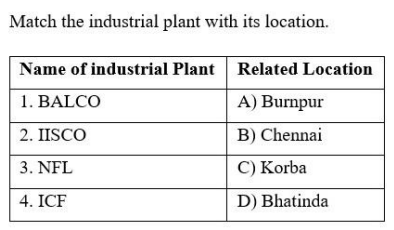Question
Which of the following statements is/are true about soil
pH and nutrient availability? Statement A: Most essential plant nutrients are readily available to plants at neutral pH (pH 7). Statement B: Acidic soils (low pH) tend to have reduced availability of nutrients like phosphorus (P). Statement C: Alkaline soils (high pH) promote the uptake of micronutrients such as iron (Fe).Solution
Most essential plant nutrients are readily available to plants at neutral pH (around pH 7). This is the pH range where nutrient solubility and plant root uptake are optimized. Acidic soils (low pH) tend to have reduced availability of nutrients like phosphorus (P). In acidic conditions, phosphorus becomes less soluble and may form insoluble compounds, limiting its uptake by plant roots. Alkaline soils (high pH) can actually limit the availability of certain micronutrients, such as iron (Fe). In alkaline conditions, iron can become less soluble and less accessible to plants.
In June _________, the Reserve Bank of India published a ‘Consultative Document on Regulation of Microfinance’.
How many types of the amendment are mentioned by the Indian Constitution as per Article 368?
There are two rectangular fields of same area. The length of first rectangular field is x% less than the length of the second field and breadth of the f...

The committee set up by the Government to review the pension scheme for government employees and suggest changes in the National Pension System (NPS), w...
Which of the following rivers originates from Aravalli range and disappears into Rann of Kachchh?
Entomophily pollination occurs with the help of:
What is the exit load for the Motilal Oswal Nifty India Defence Index Fund if redeemed within 15 days of allotment?
How many countries are members of the SAARC organization?
How many beneficiaries are covered in the Jal Jeevan mission?
Relevant for Exams:


